
Dynamic. Tom Foulkes.

09 December 2022
Equality, diversity and inclusion elearning with impact
In recent years, equality diversity and inclusion elearning has been high on the agenda. The demand for effective and authentic training materials about sensitive issues is increasing. The need for more awareness on topics such as race, disability, discrimination and equality, has been catalysed by societal events. So companies are looking for new and innovative ways of fostering inclusive workplaces where their staff feel valued and respected.
In our experience, elearning can be an incredibly powerful tool for creating meaningful equality, diversity and inclusion (EDI) training. We’ve worked with a number of clients to create bespoke training packages that address the issues within their organisation. And we provide their staff with a deeper understanding of the problems we’re facing as a society.
So, what makes elearning a great choice for EDI training? In this post, we’ll explore some of the ways that you can create equality, diversity and inclusion elearning with impact.
Share experiences
Real change has to come from within. Which means your staff have to be convinced that there’s a need to change their attitude or behaviours. Elearning provides a platform for people within your organisation to share their experiences. And therefore, giving a voice to those who may feel ignored or undervalued.
Sharing experiences digitally also lets you guarantee the anonymity of those who want to share their experience, but are hesitant to step up as a figurehead for change. This includes using camera techniques to mask their identity, using audio or hiring actors to deliver their message. All great ways of sharing authentic, impactful messages to your workforce.
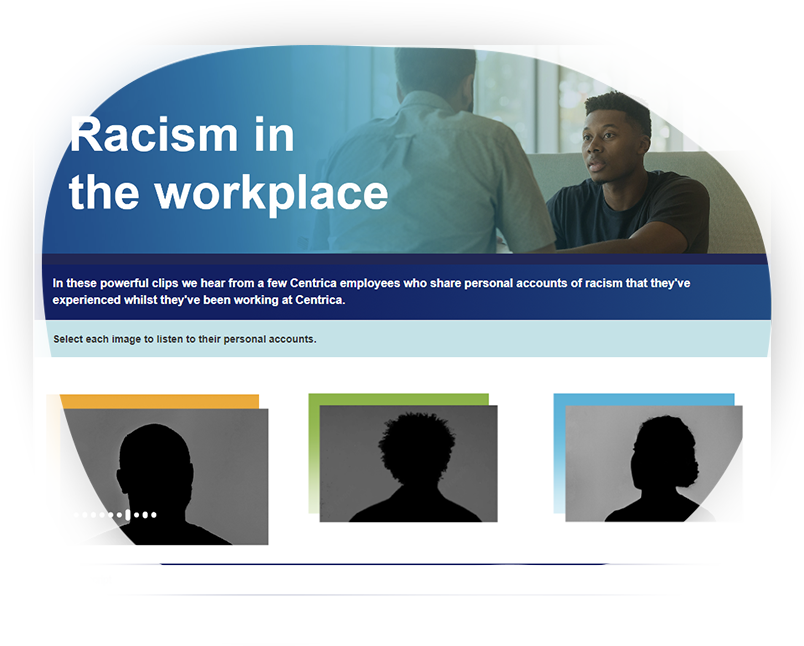
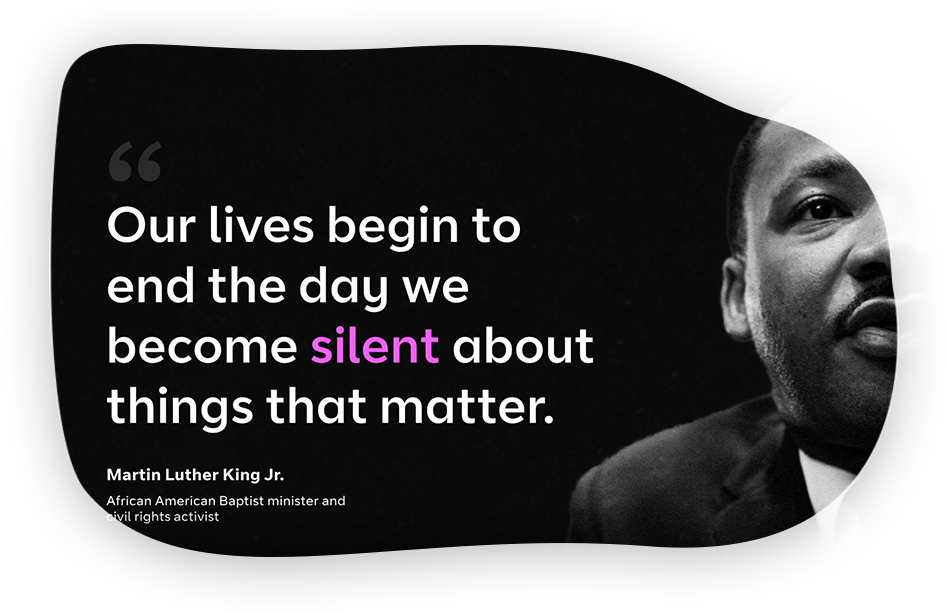
Framing equality, diversity and inclusion within the context of elearning
One of the best ways to encourage understanding is to frame an issue in the context of our wider society. This helps your learners connect with the topic and recognise they could be contributing to a larger problem.
Use elearning to explore events, both past and present. Explain key terms and what you, as an organisation, are doing to tackle the issue. These can all help to create training with substance.

Test understanding
You can’t always exactly assess whether a learner has taken on board everything you’ve discussed. However, you can use a combination of methods to evaluate their understanding of the subject and their opinions towards the issues. This could involve including:
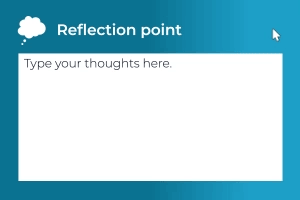
Provide learners with an interactive text space, or even an accompanying workbook. This allosws them to reflect on what they’ve just learnt. And it can be especially useful when introducing people to new and sensitive issues, as it gives them a chance to think about their own behaviours. That said, you need to ensure they know this is only for their benefit and that their thoughts are confidential.
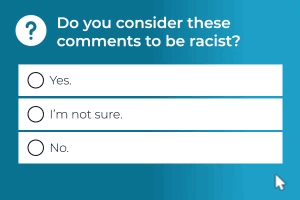
In the context of equality diversity and inclusion elearning, Likert scales are invaluable. They’re a great way of letting a learner evaluate their own attitudes or understanding of a sensitive issue. This could be as simple as providing them with a scenario with a sweeping statement, such as, “This person was racist” in relation to a scenario. You can then ask them whether they, at first glance, agree or disagree with this statement or viewpoint.
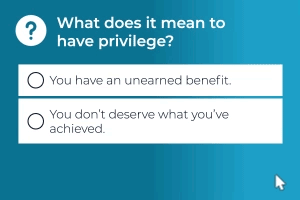
Elearning benefits from structured and formally assessed knowledge checks. In this case, managers or L&D teams can review and understand if a learner has understood the content and passed an assessment. In equality diversity and inclusion elearning, it’s not always necessary to test engagement with a traditional assessment. However, building assessed questions into sensitive scenarios is a great way to test a learner’s understanding of the key terms and concepts in the module.
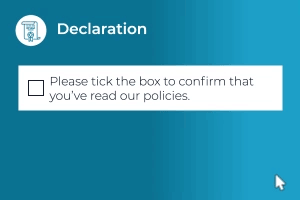
We recommend ending EDI training with a commitment box. Ask learners to promise to contribute to an inclusive workplace. This can help to align your workforce towards the same aim and provide them with a shared understanding of what’s expected from them. It builds on the more traditional “I have read and understood this content” checkboxes to provide a tangible commitment to address the issues and adapt behaviour.

Equality diversity and inclusion elearning requires creativity
As ever, using digital training allows you to get creative and create a solution that’s right for you and your business. Using elearning for EDI training allows you to make the subject engaging and impactful. You can use rich media, innovative technology and user interaction to ensure your learners are getting the most out of the training.
So, get creative and think about how you want your learning to make a difference and stand out from the crowd.
Get in touch to find out how we can make your EDI training elearning with impact.
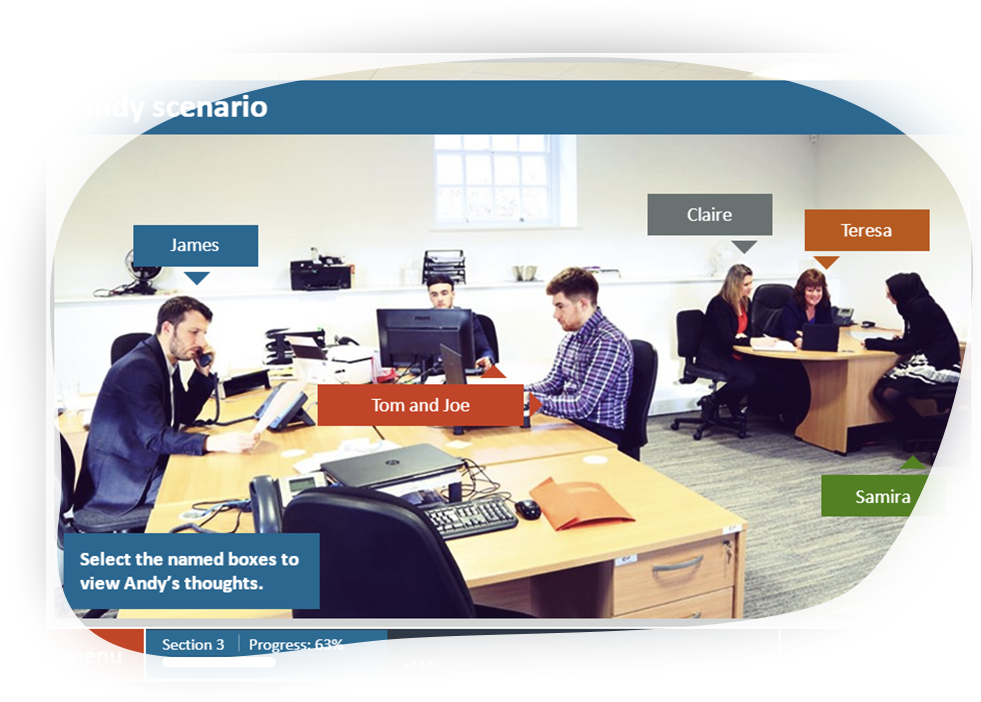

Get in touch
Need expert help with equality diversity inclusion elearning? Get in touch to talk through the challenges you have and how we can help. Send us a message and someone will call you back.